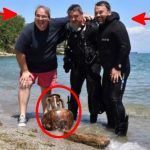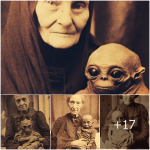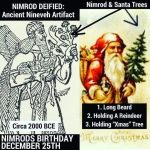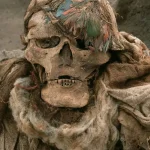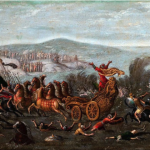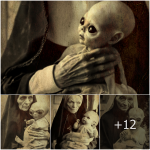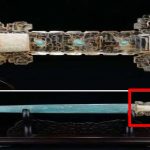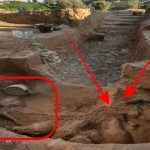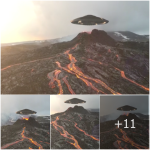Camazotz was the name of the superhero that appeared in Mesoamerican mythology.
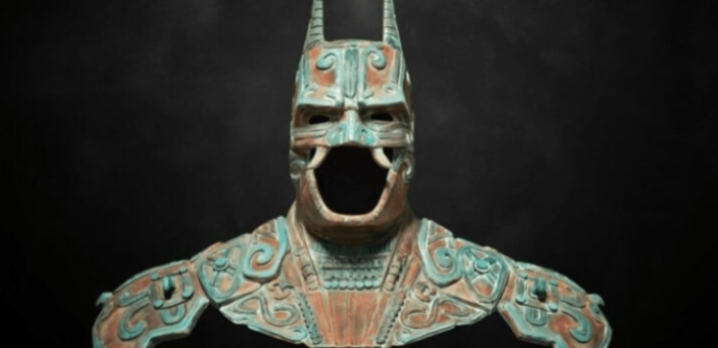
As social media is abuzz with who might be cast in the next Batman movie, with concerns that some of the candidates might not be menacing enough to fill those big black boots, it might be time to look again at one of the bat figures that featured as an imposing power in Mesoamerican mythology – Camazotz.
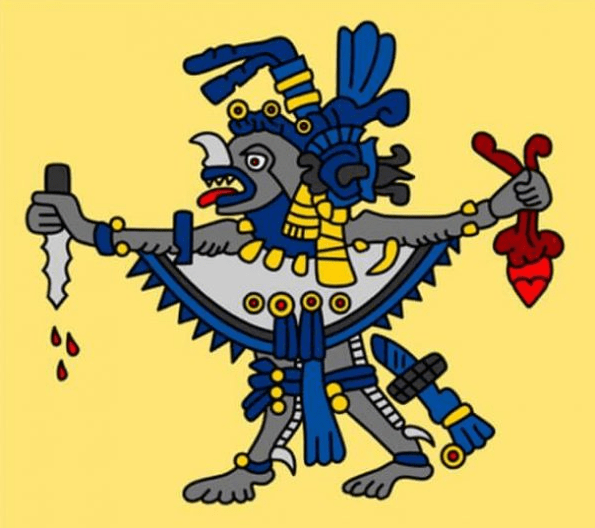
Camazotz, (meaning ‘death bat’ in the Kʼiche’ Mayan language of Guatemala) originated deep in Mesoamerican mythology as a dangerous cave-dwelling bat creature. A cult following for the creature began amongst the Zapotec Indians of Oaxaca, Mexico and the figure was later adopted into the pantheon of the Maya Quiche tribe and the legends of the bat god were later recorded in Maya literature.
Bats are considered to be menacing creatures in many cultures. They are nocturnal and thus associated with the night, which is also often associated with death. Many common species also have a relatively bizarre appearance, which makes them all the more off-putting for humans. It doesn’t help that there is a species that actually sucks blood (the vampire bat, Desmodus Rotundus).
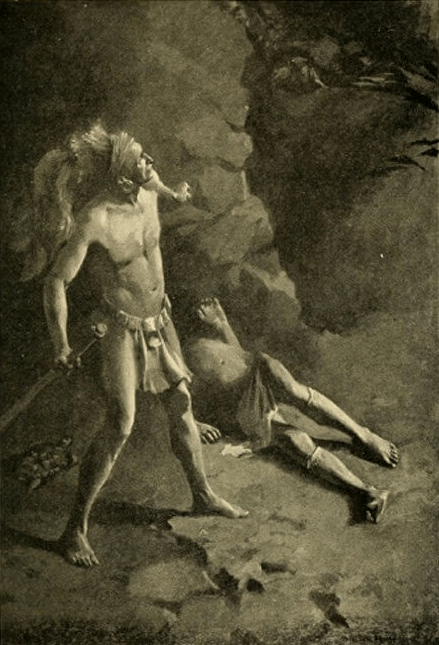
In the Maya culture, the bat god Camazotz is linked to death. Camazotz is also the name of a monstrous creature which inhabited a cave called “the house of bats” in the Popol Vuh. Most scholars believe that Camazotz was inspired by the common vampire bat, but others have suggested that it was based on a giant vampire bat that (probably) went extinct sometime during the Pleistocene or Holocene periods.
A Monster Bat
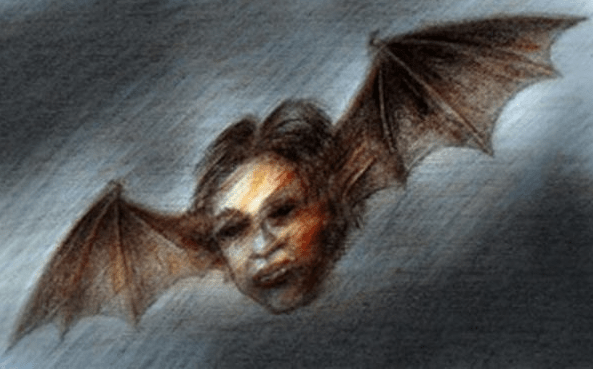
In the Popol Vuh, an ancient Mayan mythological text, Zotzilaha was the name of a cave inhabited by the Camazotz, a monster with a roughly humanoid body, the head of a bat, and a nose that resembled a flint knife. The monster was said to attack victims by the neck and decapitate them. In the Popol Vuh, it is recorded that this creature decapitated the Maya hero Hunahpu. Camazotz is also one of the four animal demons responsible for wiping out mankind during the age of the first sun.
Bat-like demons and monsters are common in South America and Central America. Another example of such a story is the Chonchon in Peru and Chile, which is thought to be created when a sorcerer, known as a kaku, performs a magical rite causing his severed head to sprout giant ears and talons at death. The giant ears become wings.
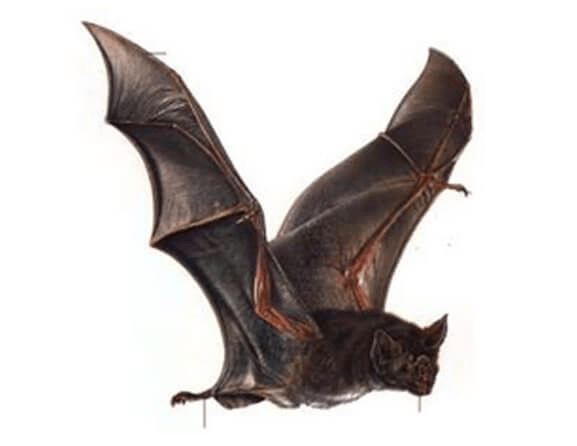
This ubiquity of giant bat monster legends leads many archaeologists to propose that the monsters have a basis in encounters with a real animal – such as the vampire bat. The vampire bat is favoured because of its historical association with bloodletting and sacrifice, It is, however, possible that the legends could be derived from a giant bat that was present during the Pleistocene or early Holocene – one which may still exist today.
Giant Vampire Bats
In 1988, a fossil of a vampire bat was discovered in the Mongas province of Venezuela. The bat was larger than the modern vampire bat by 25% and was dubbed Desmodus Draculae. It is more popularly known as the giant vampire bat.
Sites containing examples of it have been found in the Yucatan, Belize, northern Brazil, and Venezuela. In 2000, a tooth from D. Draculae was found in Argentina – much farther south of the modern range of the Desmodus genus. It is difficult to date exactly when D. Draculae went extinct, or if it went extinct at all. All of the sites have been dated so far to between the Late Pleistocene and Late Holocene.
The latest age found for a D. Draculae site is 300 BP (circa 1650 AD). The latest age in central America is hard to ascertain, but it is probably either Late Pleistocene or Holocene. These dates make it very possible that D. Draculae coexisted with humans in South America and Central America, and humans could have come into contact with D. Draculae, though towards the Late Holocene they would have been vanishingly rare.
